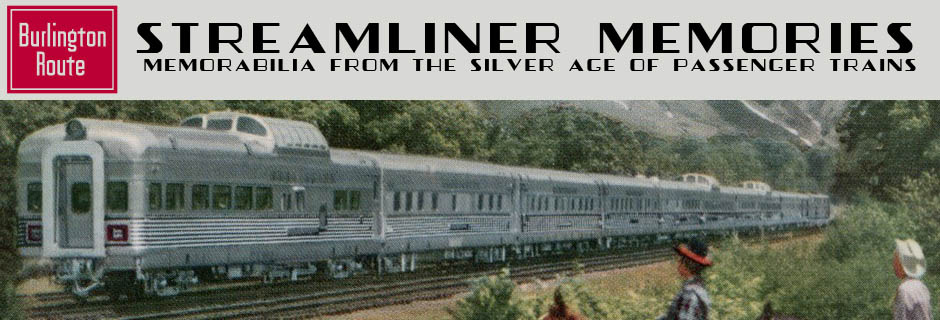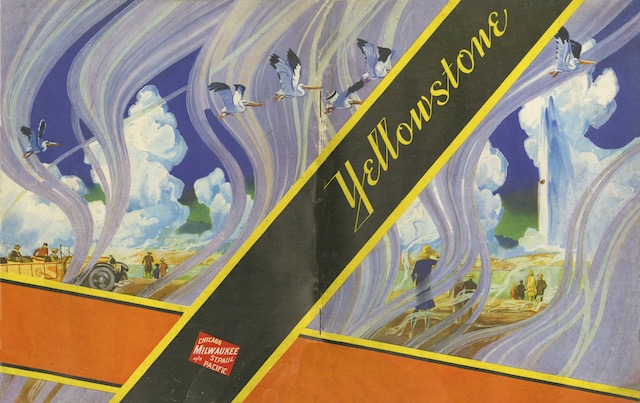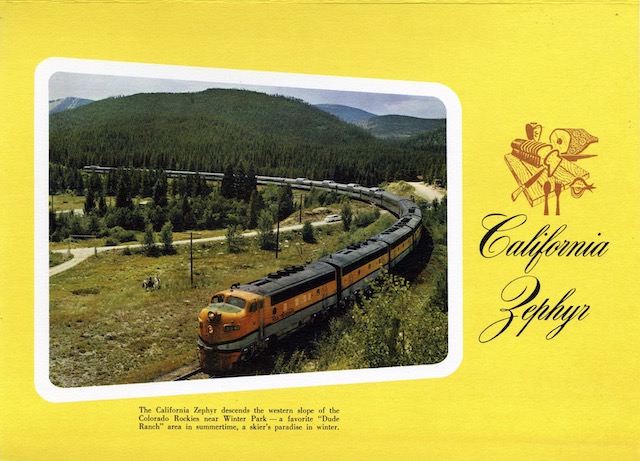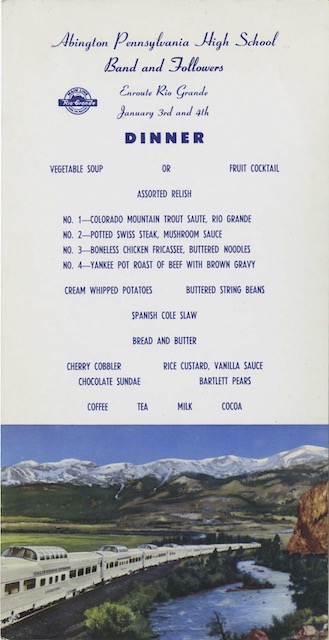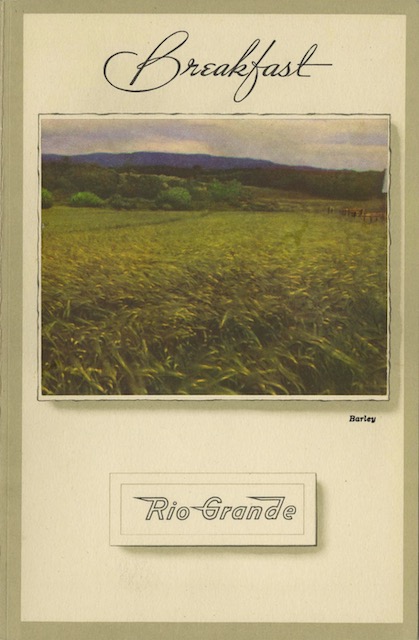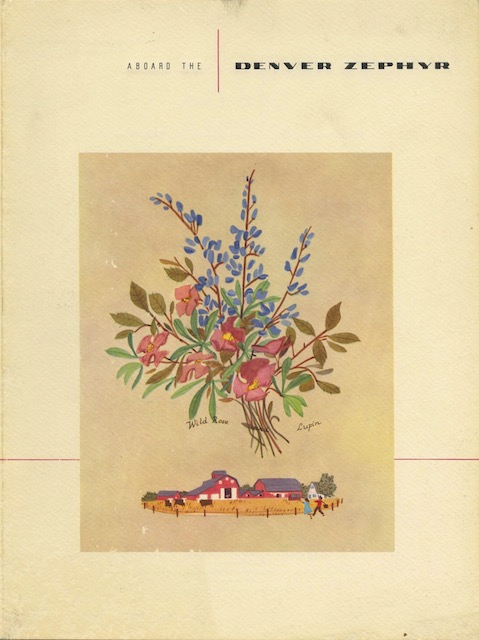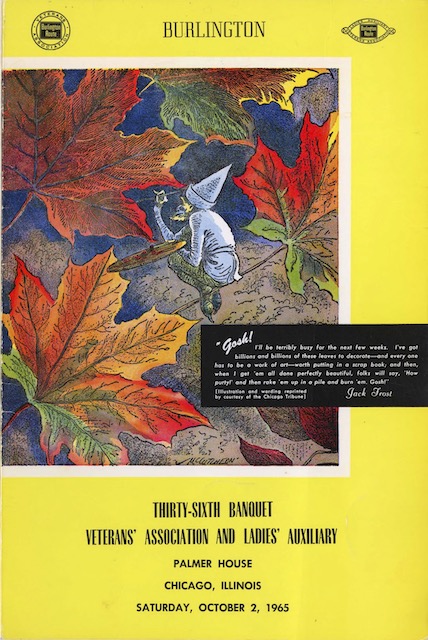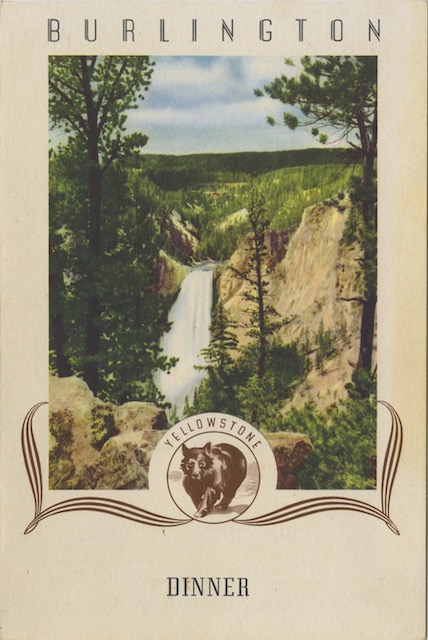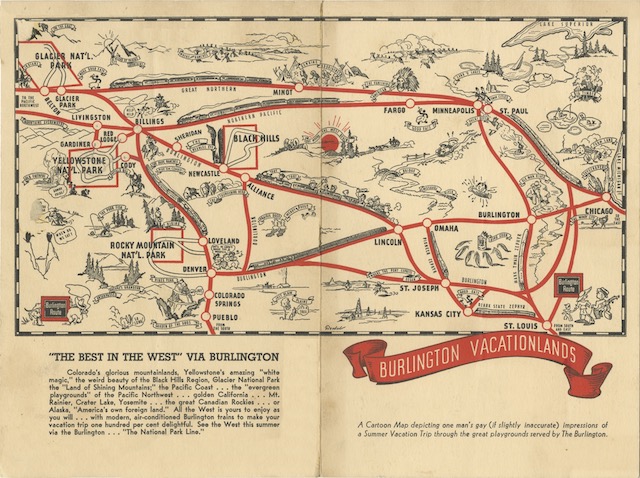“Southern Pacific of Mexico has just completed connection of its lines between Tepic and Guadalajara, opening a route of great importance for commerce and travel from the United States, via Tucson and Njogales, Arizona, through to Mexico City and the interior of Mexico,” reports page 5 this 1927 booklet. That may have been exciting news for U.S. residents who wanted to visit Mexico, but why did SP spend four pages on other stuff before announcing this?
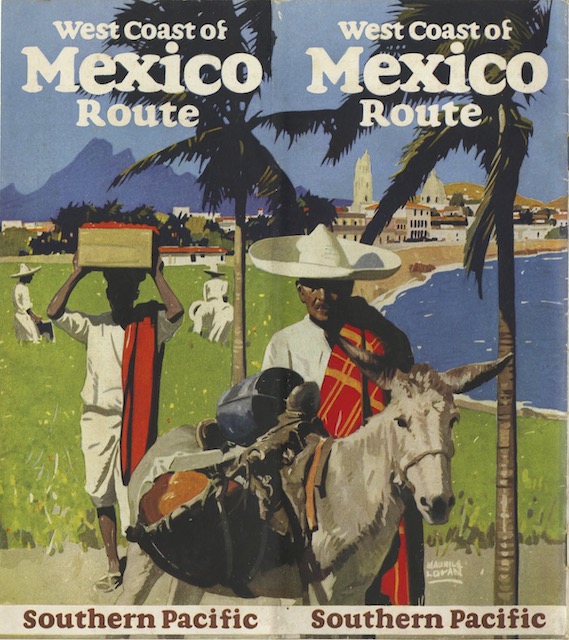 Click image to download a 12.7-MB PDF of this 32-page booklet.
Click image to download a 12.7-MB PDF of this 32-page booklet.
The beautiful cover painting by Maurice Logan, shown above, is actually the back cover. The inside back cover is the usual list of Southern Pacific ticket agents. This not only includes agents in Mexico City and Monterey, Mexico, but also Liverpool, London, Paris, Milan, and Turin, Italy. SP must have thought Europeans would be particularly interested in visiting Mexico. Continue reading
